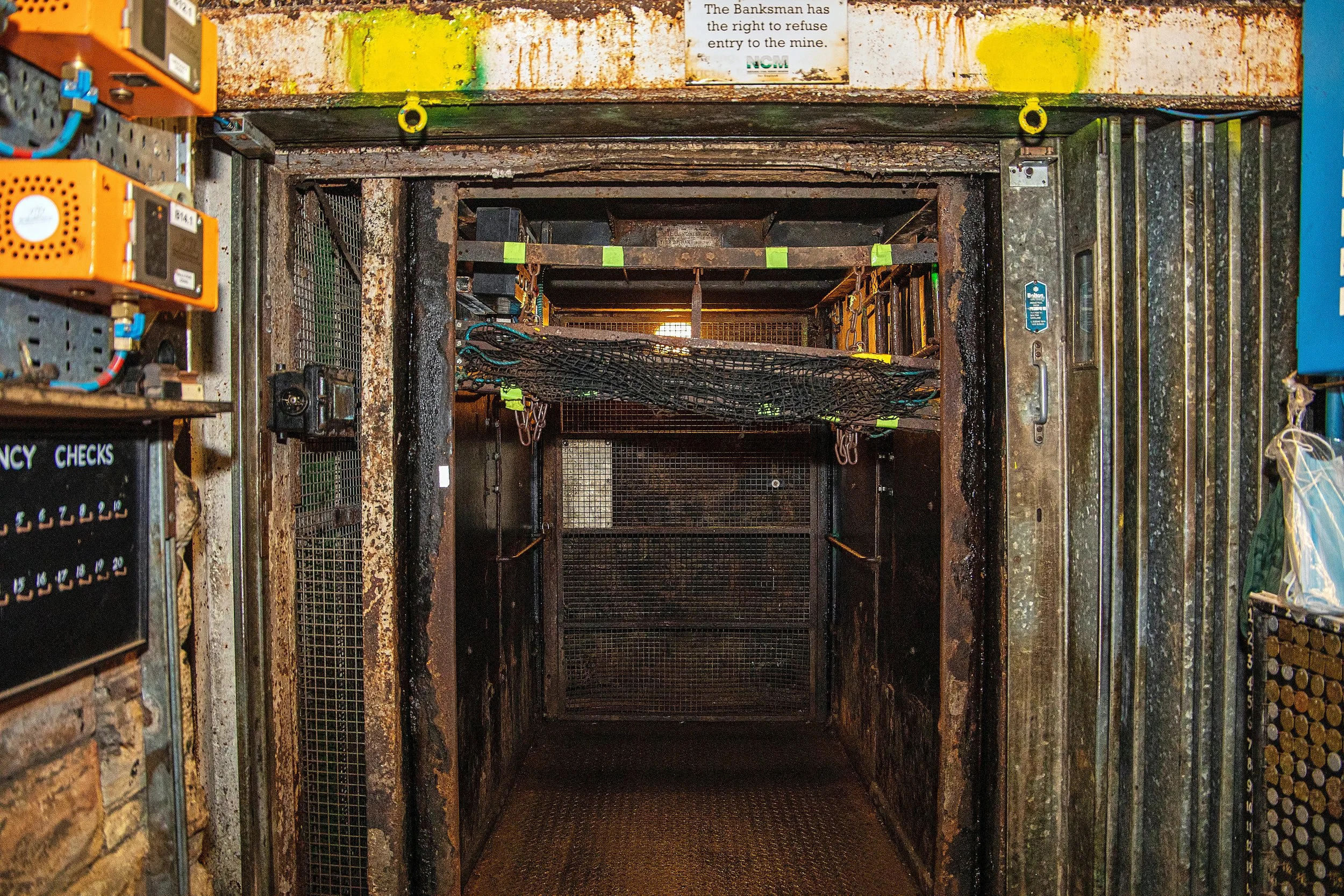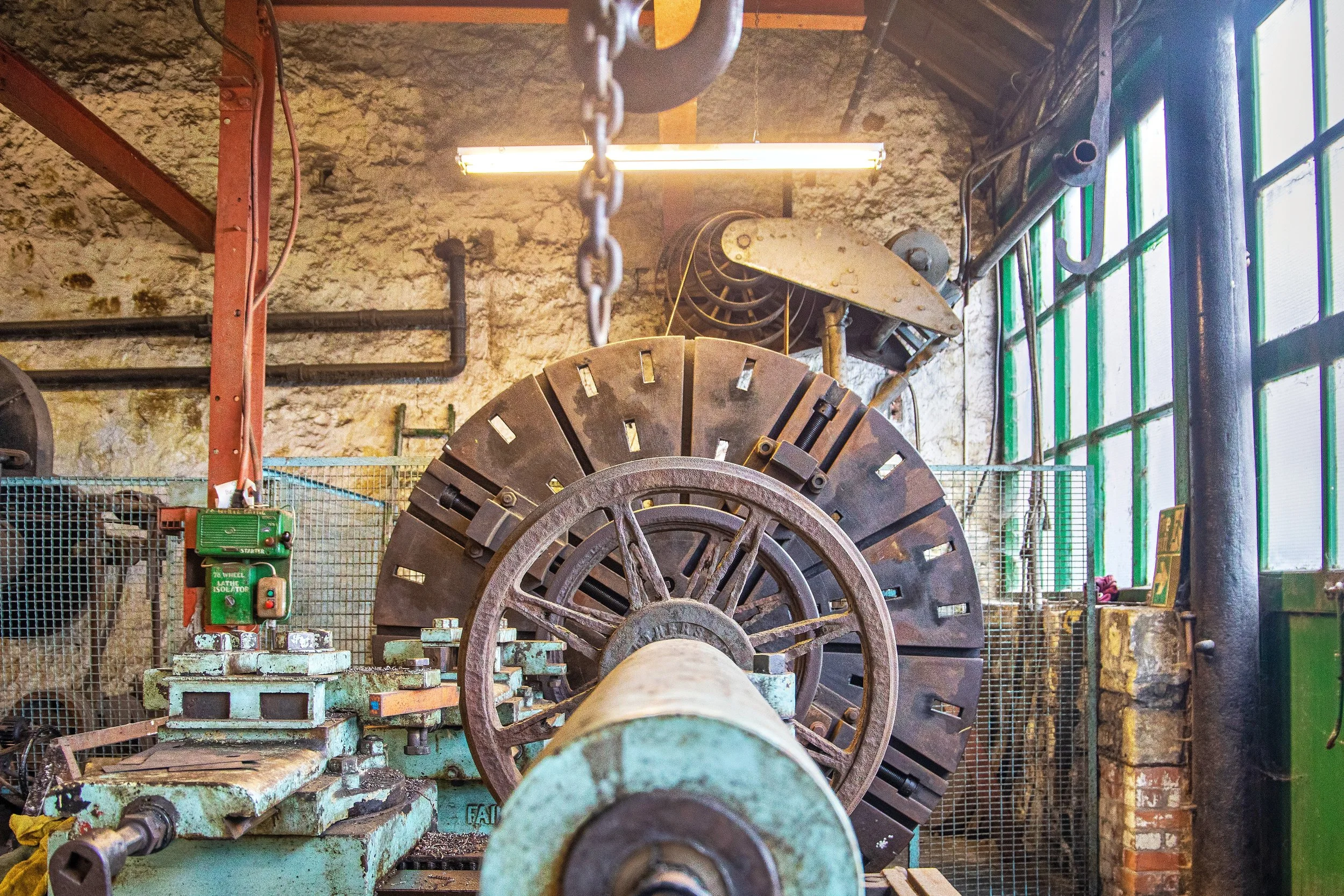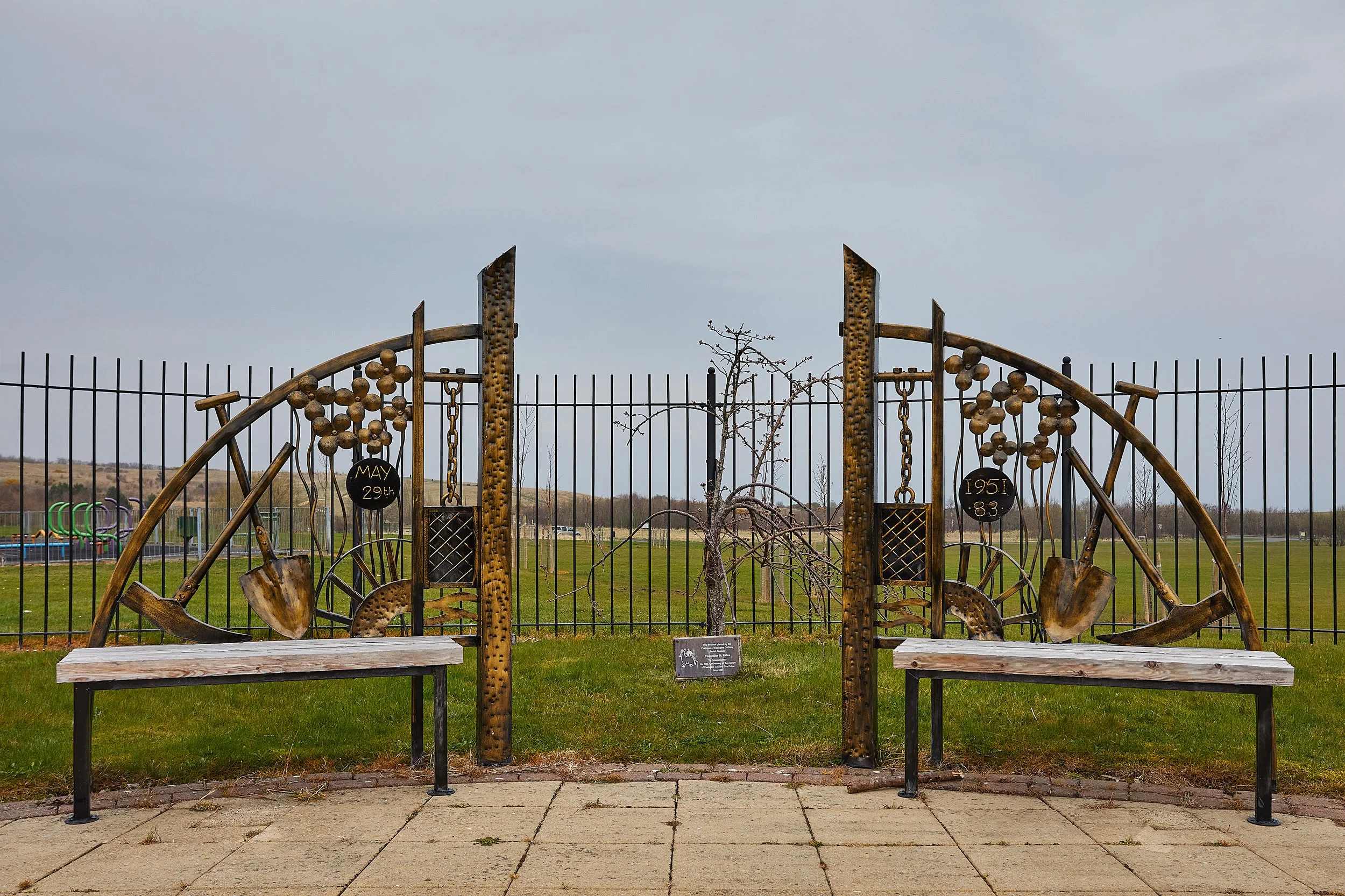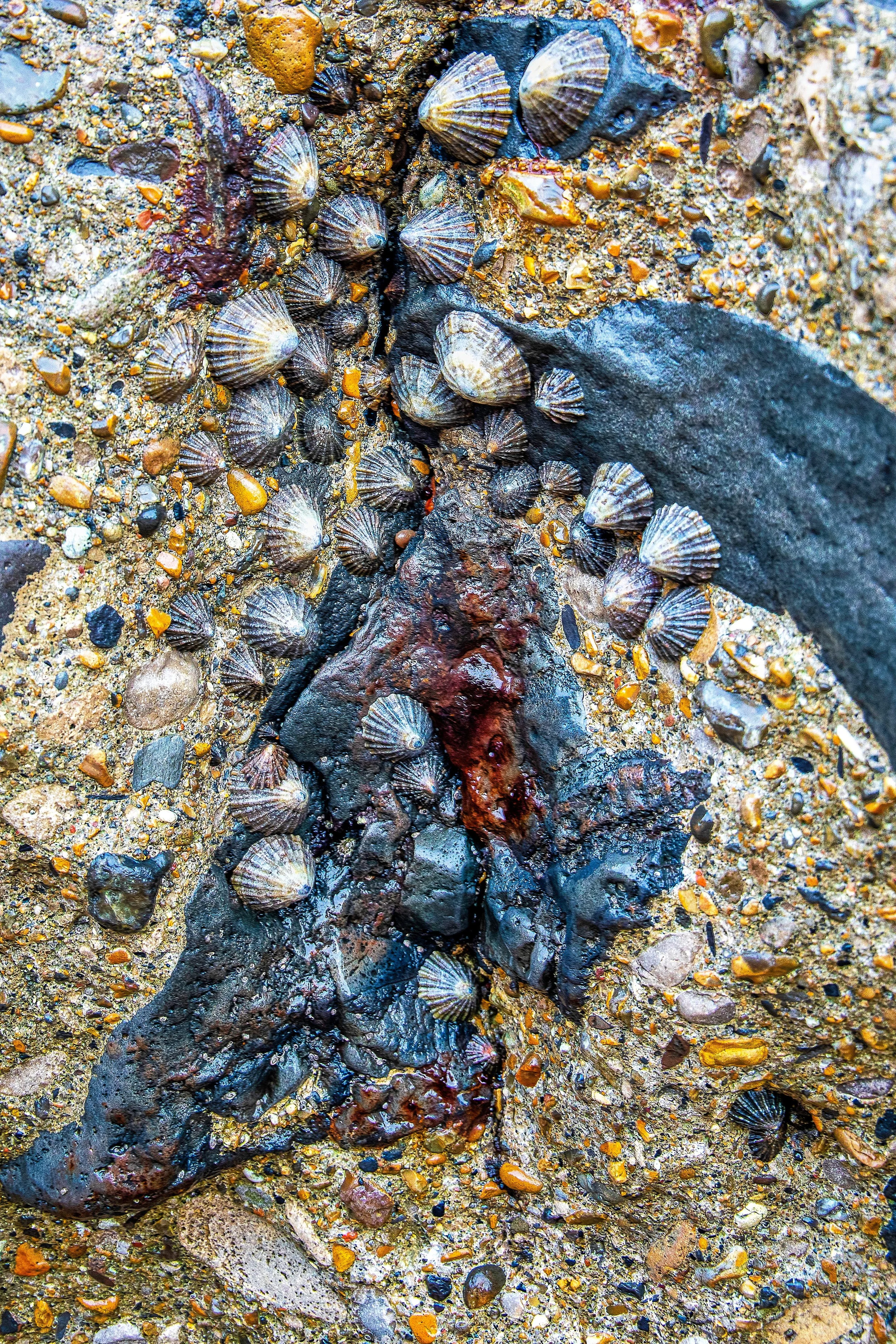My work is often quite topographic. I prefer to use objects and surroundings to illustrate my topics and don’t feature people in my images that often. I make heavy use of research in books and academic study. For this project, local and personal as it is (I grew up through the miners strike and decline of the coal industry) I knew I needed to make use of my local area and get my research from the people who lived through the upheaval. This was a departure for me, but I am not shy and can talk to anyone. I began to make myself known in Easington Colliery as a nosy weirdo who takes pictures of dilapidated buildings and polluted bits of an otherwise attractive coastline.
By the time I interviewed John I had the basic outline of what I wanted to do. The first part of the book would be on the mines themselves (or a particular mine), followed by the social and economic aftermath of the closures (the aforementioned dilapidated buildings), the effect of the mine pollution on the coast, and finally how some of the former mining spaces have been repurposed, such as the sites of the former Herrington and Hetton mines, now country parks.
By this point I was thoroughly enjoying myself and only wished I could have got into the project wholeheartedly sooner, giving me more time and scope. Only one thing was missing – a trip to an actual underground coal mine. This presented a difficulty, as they don’t really exist in this country anymore, at least not in an easily accessible way. The last one big one closed in 2015, and the remaining mines are privately owned and nowhere local. I presented my problem to an acquaintance at Bowes Railway Museum (a site specialising in the railways servicing the mines), and he suggested I go to the former Caphouse Colliery, now a mining museum with a real, 140m underground mine. This, he suggested, was obvious, did I not know how to google? He did, and he was approaching ninety. I explained that the underground section had been shut for a while. He told me my information was out of date and to get back in touch with them – did I call myself a journalist? I don’t actually, but I didn’t argue the point and took his advice. The mine was just beginning to reopen and after a few weeks of back and forth getting in touch with the right people I finally got the mine manager to agree to take me down for quick tour. This was a big concession as usually cameras were not allowed in the mine at all.
I returned to Easington Colliery a second time to focus on a different aspect of the area. The mining industry’s collapse left an indelible mark on the community.























































